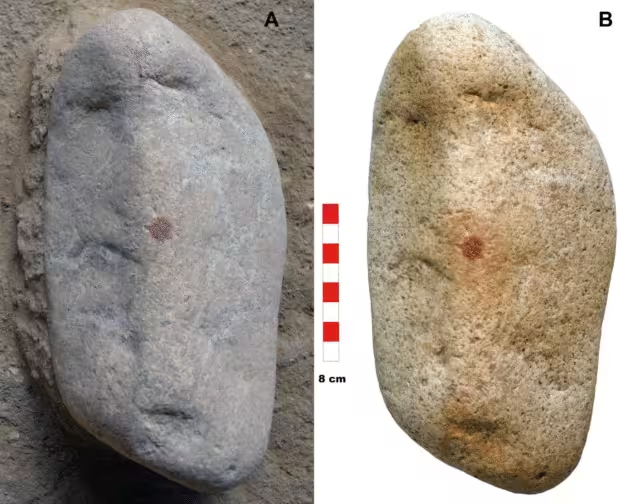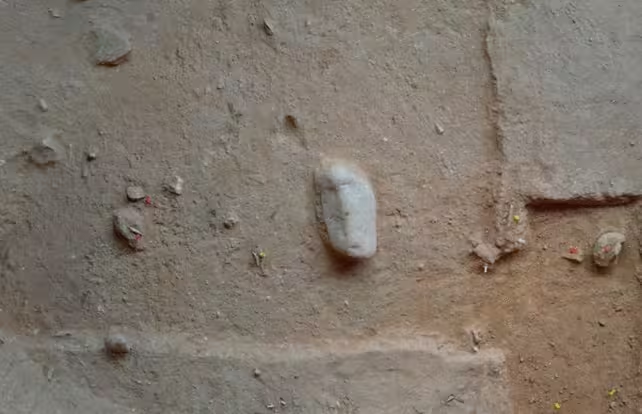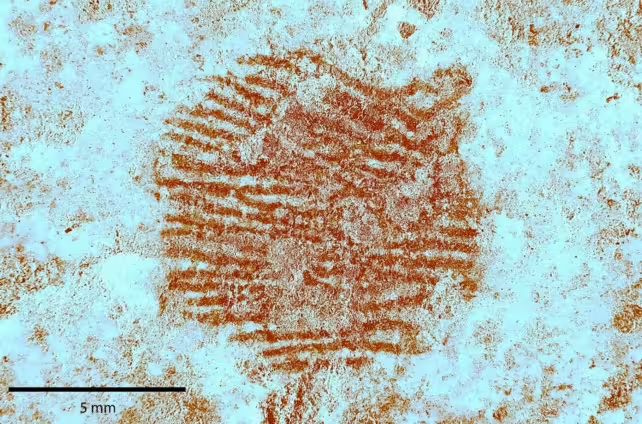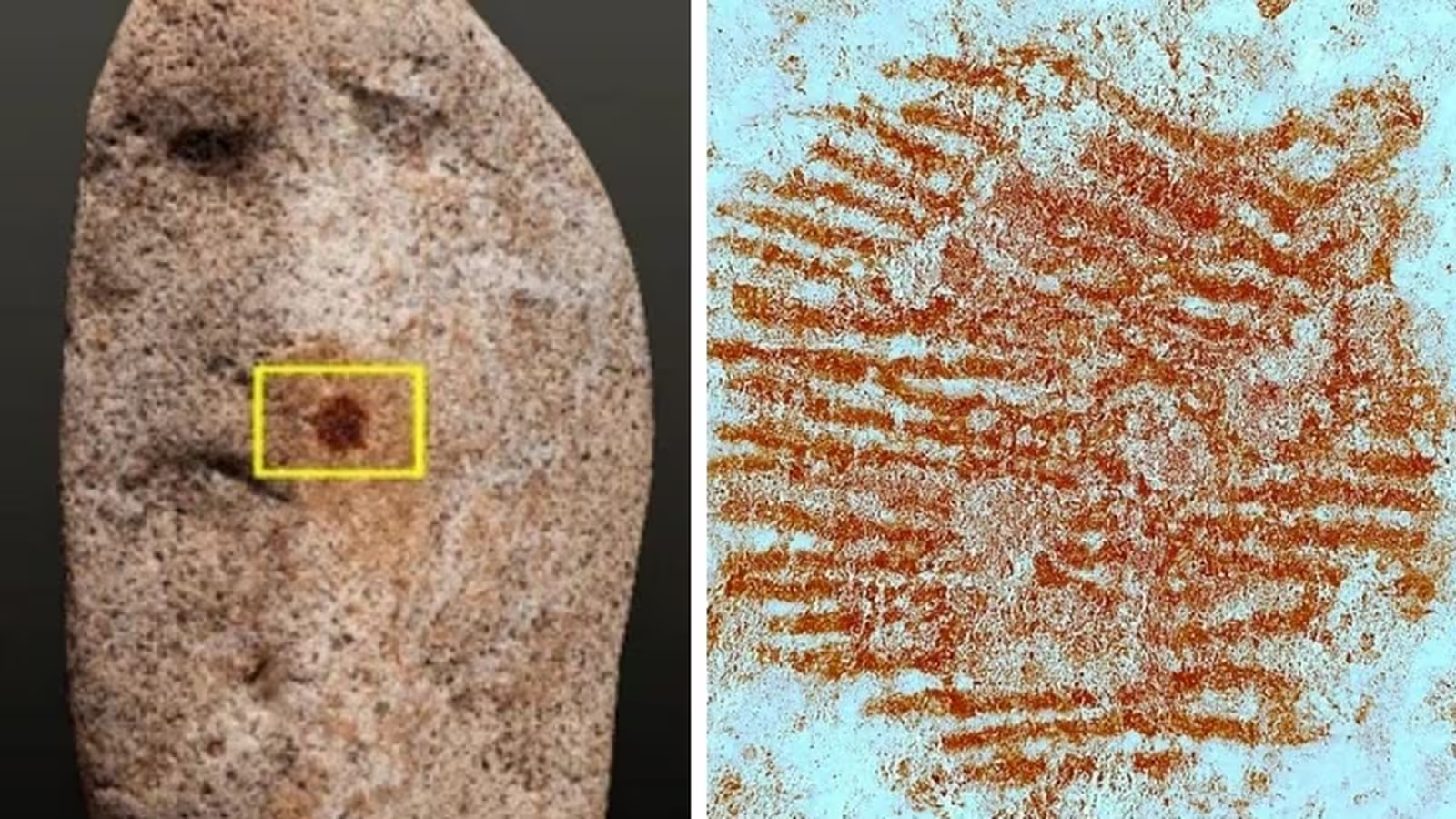3 Minutes
Unearthing the Oldest Human Fingerprint
In a groundbreaking archaeological discovery, researchers have identified what may be the oldest known human fingerprint—a 43,000-year-old Neanderthal impression preserved in ocher on a pebble. This remarkable find was made in 2022 at the San Lázaro rock shelter in central Spain, shedding new light on the capabilities and symbolic behaviors of Neanderthals.
Scientific Context: Neanderthal Symbolic Behavior
Over the past decades, mounting evidence has challenged the perception of Neanderthals as merely primitive hominins. Recent discoveries show they engaged in symbolic behaviors, such as body adornment, personal ornamentation, and now, possibly, portable art. The San Lázaro pebble, marked purposefully with a fingerprint using ocher pigment, adds significant weight to the view that Neanderthals practiced forms of visual art long before the rise of modern Homo sapiens.

Details of the San Lázaro Pebble
The artifact is a small stone featuring a red ocher print precisely in its center. Above and below the print are subtle divots that, according to researchers, could represent eyes and a mouth—suggesting the entire pebble may have been intentionally crafted to mimic a human face. This interpretation remains under scientific debate, but the unique placement and context of the fingerprint offer compelling evidence of deliberate design rather than accidental marking.
"The ocher mark is not just a smear; it preserves a full fingerprint, indicating careful application with the finger tip," notes David Álvarez-Alonso, the study lead from the Complutense University of Madrid. Notably, the pebble appears to serve no functional purpose, and no other ocher was discovered on site, reinforcing its likely symbolic significance.

Archaeological Implications
If confirmed, this find would not only predate previously known human fingerprints but also potentially represent one of the earliest human depictions of a face, offering insights into the emergence of abstract thought and artistic expression among Neanderthals. Researchers speculate that the stone was specially selected from a nearby river, hinting that Neanderthals recognized and valued naturally evocative forms, further supporting hypotheses about their cognitive complexity.

Expert Perspectives and Ongoing Debate
While some paleontologists urge caution, Álvarez-Alonso emphasizes, "If this artifact had been created 5,000 years ago by Homo sapiens, its artistic value wouldn’t be questioned. Yet, Neanderthal art is often met with skepticism, possibly due to lingering biases in our understanding of their abilities."
Conclusion
The discovery at San Lázaro offers a tantalizing glimpse into the minds of our ancient relatives, potentially redefining what we know about Neanderthal intelligence and creativity. As further analysis continues, this fossilized fingerprint stands as an enduring reminder that the origins of art and symbolic behavior may reach far deeper in our evolutionary history than previously believed.
The study was published in Archaeological and Anthropological Sciences.


Comments